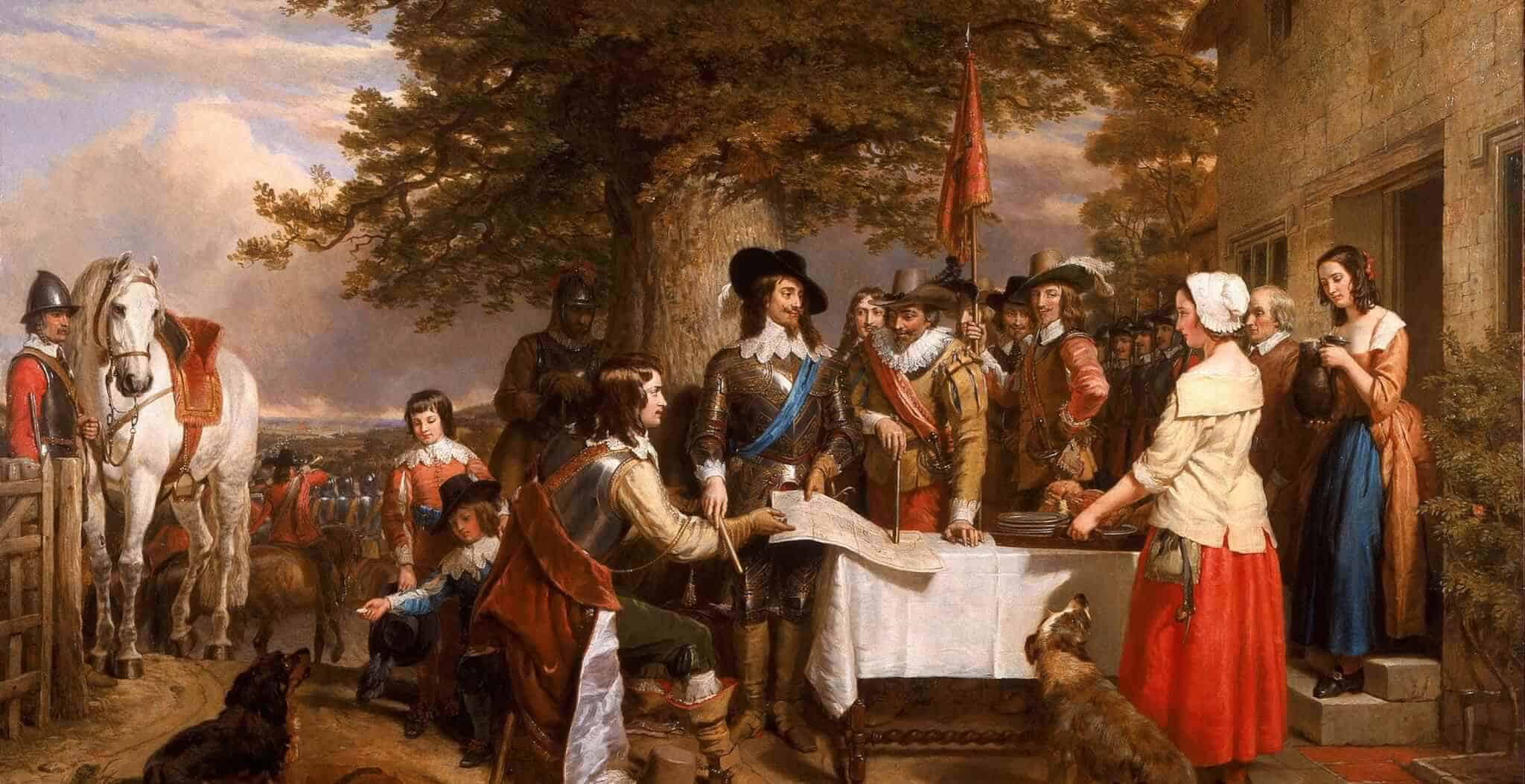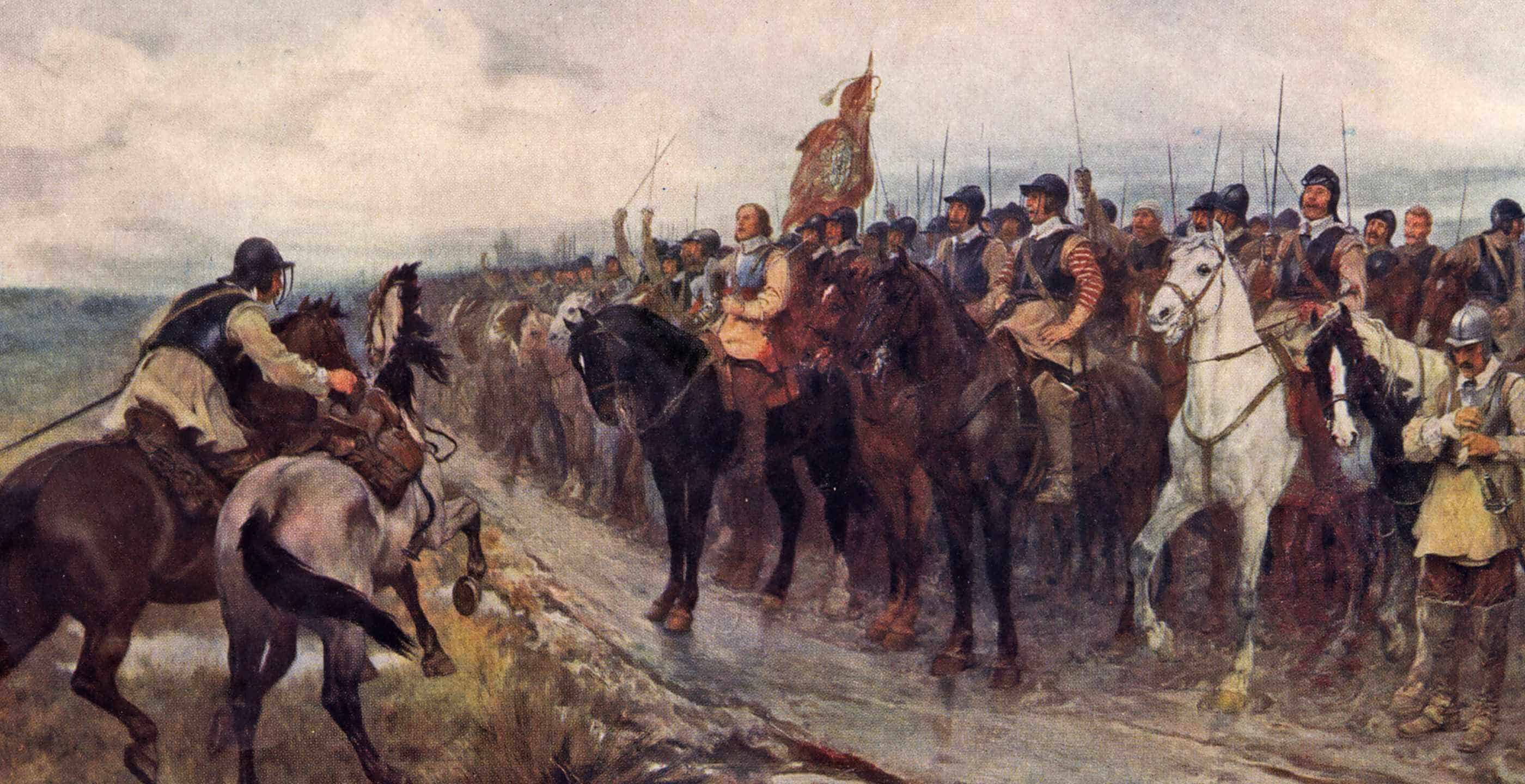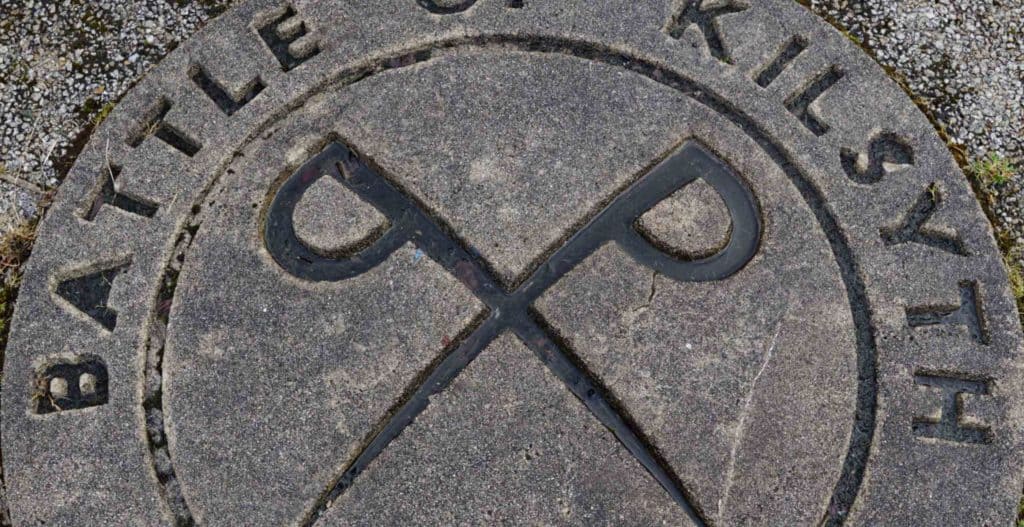The Royalist forces of Charles I in Scotland had been under the command of the Marquis of Montrose since 1644. With limited resources at his disposal, Montrose had secured a series of victories over Covenanter forces across the Highlands of Scotland.
Opposed to the interference by the Stuart kings in the affairs of the Church of Scotland, the Covenanters had allied themselves with the Parliamentarians in the English Civil War. Montrose had all but destroyed the Covenanter army at the Battle of Kilsyth on 15th August 1645, and now intended to strike into England to assist the king’s cause.
Meanwhile the Scottish Covenanter Army in England had dispatched a cavalry unit back to Scotland, under the command of Sir David Leslie, to deal with Montrose.
Both forces had expected to add recruits and reinforcements as they travelled; Montrose however, had failed to take into account that the Scottish Lowlands were a Covenanter stronghold. So, when the two armies eventually met at Philiphaugh in the Scottish Borders, Montrose’s Royalist army numbered just 2,000 compared with a Covenanters force totalling around 4,000 men.
As always, Montrose made the best possible use of the battlefield terrain using the ditches and hedges to counter the numerical superiority of the Covenanter cavalry. But it was that numerical superiority that eventually won the day for Leslie’s Covenanters.
Montrose was encouraged by his followers to flee the field, which he duly did along with some of his cavalry. His infantry and camp followers were less lucky; men, women and children were all put to the sword.
Montrose’s reputation was also in tatters and he was never able to rally support in Scotland again, although he did maintain a guerrilla campaign until being ordered by lay down his arms by King Charles, who was himself a prisoner at the time.

Click here for a Battlefield Map
Key Facts:
Date: 13th September, 1645
War: Wars of the Three Kingdoms
Location: Near Selkirk, Scottish Borders
Belligerents: Royalists, Scottish Covenanters
Victors: Scottish Covenanters
Numbers: Royalists around 2,000, Covenanters around 4,000
Casualties: Royalists around 500, Covenanters negligible
Commanders: Marquis of Montrose (Royalists), Sir David Leslie (Covenanters)







